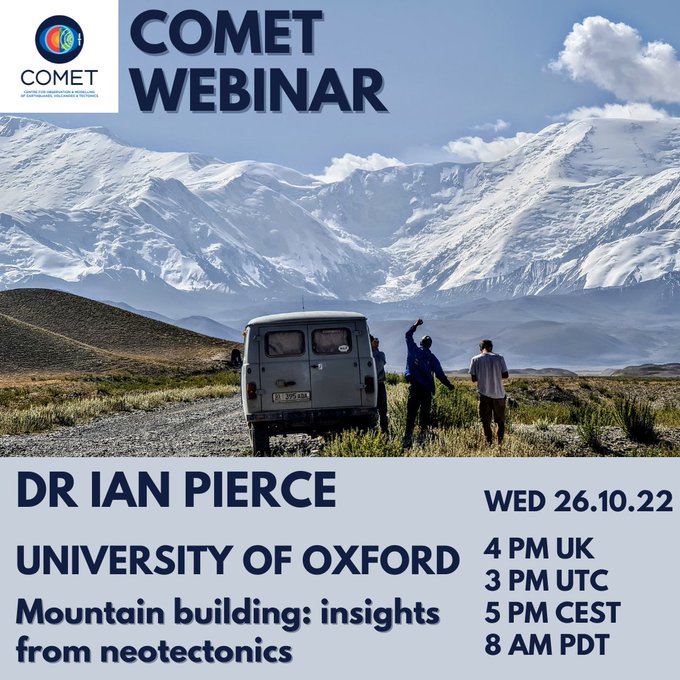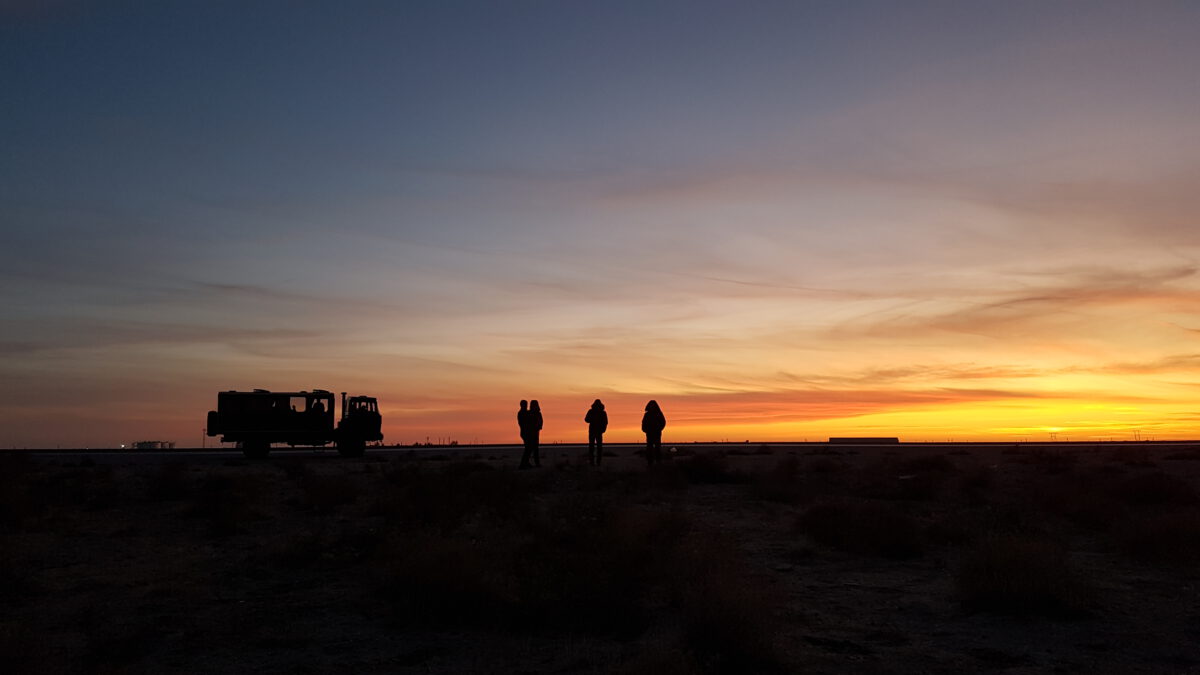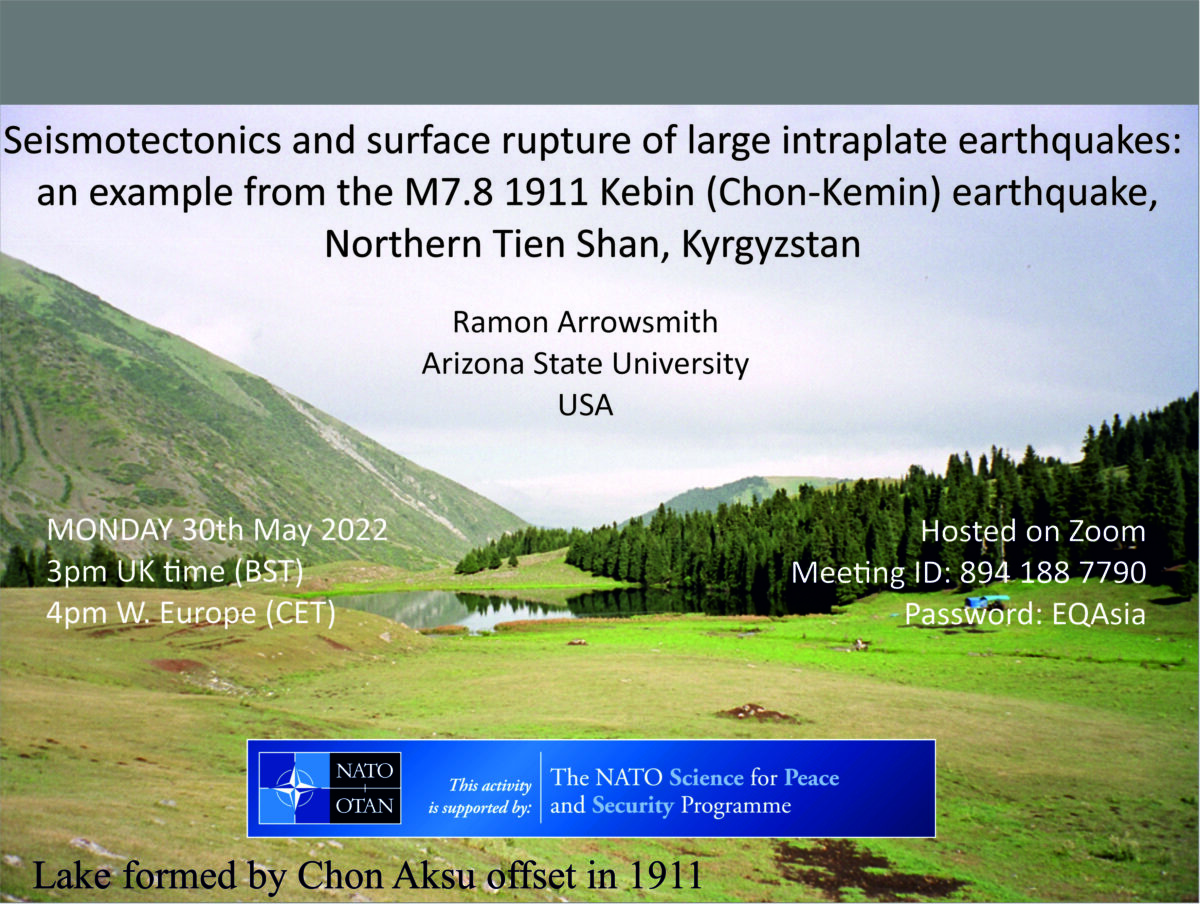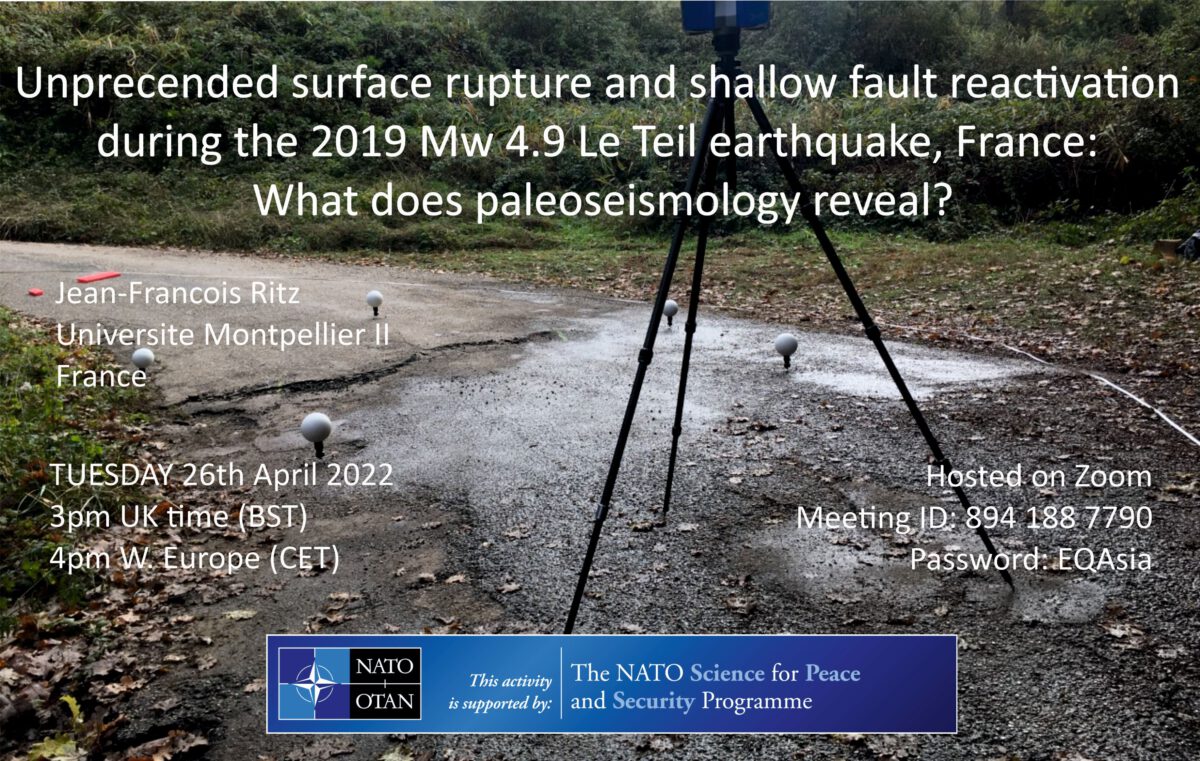Dr. Ian Pierce of the Earth Sciences Department, University of Oxford, gives some very nice examples of active faulting in the Himalaya, the Tien Shan, and in the western United States. He combines an accessible introduction to earthquake geology with plenty of nice field photographs and high resolution imagery and digital topography.
The seminar is available here – https://www.youtube.com/watch?v=EEoEGwtMO6k






